If you want advice on where to buy a decent pair of hard-wearing gloves; ask a gardener. Micheal Murphy, head gardener at Curraghmore Estate in Co Waterford, says that if he is not pulling thorns out of his fingers at night then they are good gloves. If they last more than a few weeks, they are excellent gloves.
Michael grew up in Ferrybank, Co Waterford, and started out in his career training to be a metal fabricator. However, after spending some time helping his brother in-law who was working as a gardener in Sligo, Michael started to see it as a career he would like to pursue. So he joined the Waterford Gardener’s Co-Op, which helped workers to set up their own gardening business. Members received training from ACOT, which was the predecessor of Teagasc.
Michael got work at Mount Congreve gardens and spent 20 years there, working his way up to the role of head gardener before its owner, Ambrose Congreve, died in 2011. Mount Congreve is celebrated around the world for its rare plant species and its owner won 13 gold medals at the RHS Chelsea Flower Show. When Michael started there, he says there were 30 people employed in the garden and he remembers being sent off with a wheelbarrow to tend to plants in the forest.
Shortly after Ambrose Congreve died, Michael decided it was time to leave, so he set up his own gardening and landscape business. Three years ago, he visited Curraghmore Estate in Portlaw to do a job and when Lady Waterford saw his CV, she offered him the role of head gardener.
Curraghmore Estate is filled with history and has been owned by the same family since the 11th century. It’s currently the home of the 9th Marquis of Waterford and his family. Michael has uncovered some interesting things while pulling briars; including the headstones of former gardeners on the estate, a plaque to commemorate the coronation of a king and rhododendron bushes that are over 100 years old.
While there are over 2,500ac of land at Curraghmore, the gardens comprise 75ac. It is a country estate complete with cattle, sheep and equestrian facilities. Michael says that he has been roped in to help with farming activities on more than one occasion, even if there are lawns to be mowed. He also gives guided tours of the garden to an increasing amount of groups that visit.
Curraghmore is home to the tallest tree in Ireland, a Sitka spruce planted in 1835, as well as Ireland’s oldest bridge. On a tour of the gardens, Michael shows Irish Country Living numerous tree species including a “Handkerchief Tree”, Chinese fir and Japanese cedar. It’s a good thing that there is a large woodland at Curraghmore, because just one of the fires in the house burns through a JCB bucket-load of timber every week in the winter.
The name “Curraghmore” means “great bog”. Between the acidic boggy soil and a constant drying wind, conditions are harsh for a garden.
“After just one day of rain it gets very mucky, but it does repair itself. I can only plant hardy species of plants and what I’m mostly trying to do is restore what was there rather than design new areas. We got six tractor trailer loads of briars out of a rhododendron that was planted in the 1900s and we also restored the original ‘Goose’s Foot’ on the terrace.”
Learning
If you talk to Michael for any length of time about trees or gardening, it would not surprise you to learn that he aced his City & Guilds Horticulture qualifications or that he received a distinction in his Landscape and Design Diploma that he did as a night course at WIT. But he is a firm believer in practical knowledge over theory.
“Curraghmore is a great garden for teaching you humility. I once reseeded part of the lawn and the pheasants came along and ate the seeds,” Michael says. When the late John Reynolds started planning the first “All Together Now” (ATN) music festival at Curraghmore, Michael tried to teach him the name of a new tree each day. Whether he was successful as a teacher or not, we don’t know, but the festival will return in 2021 with Sinead O’Connor and Iggy Pop confirmed as headline acts.
Sculptures of a stag’s head, a lion and a very colourful stage are dotted throughout, leftover from previous ATN festivals. Michael doesn’t mind them there, so long as they don’t block the view of a nice tree. He explains that in a big garden like Curraghmore, a tree without anything blocking your vision of it is like a portrait photo, which is far more interesting than a crowded group picture. This is how he creates impact in the garden, by drawing your eye towards a focal point like a tree, or a lake or the house itself.
He is not a fan of books, unless he can learn the name of a plant or uncover some history about the garden at Curraghmore.
“When we find old photos, I always look at the background to see what stage of growth the trees were at. I’m a bit of a plant detective.”
While he might not be a bookworm, Michael is a great believer in educating the next generation. At Curraghmore, a student is usually hired each year to help out and Michael tries to impart some of his wisdom.
“A good night’s sleep, a good breakfast and clothes that will keep you dry and warm is the key,” says Michael. “Otherwise, you are just dull and miserable and that’s when accidents can happen.”
This is the first lesson students learn when they arrive out to work on their first day at Curraghmore wearing thin tracksuit bottoms, trainers that leave their ankles exposed and they haven’t yet had a bite to eat that day.
Because there is no phone signal anywhere on the estate, the day starts with a staff meeting where everyone is assigned their jobs. They all meet up again at the end of the day before they leave. But it’s not just the students who are learning; Michael is delighted to see the wider public taking more of an interest in gardening during the Covid-19 emergency.
“People have started gardening at home during the lockdown. They have planted and must continue to nurture their interest in gardening, nature and outdoors. With a gloomy summer ahead with no foreign travel, I would encourage people to start visiting gardens and parks and teach their children. It’s up to the adults to encourage this. Discover the beauty of Ireland.”
As Irish Country Living drives away, following the mile-long avenue by the Clodiagh river, we think a job where there are no emails or connection with the outside world at all, might not be such a bad thing. If only we had a good pair of gloves. CL
NB Curraghmore Estate is closed to the public at the moment in line with Government advice on Covid-19.
Training
programmes
If you are interested in studying horticulture, Teagasc provides full-time and part-time education and training for the horticulture sector.
Programmes
– Teagasc Level 5 certificate in horticulture.– Teagasc Level 6 horticulture programmes: food production, landscape, nursery or sports turf.It takes two years to complete the Level 6 qualification full-time. There is no minimum educational entry requirements. Applicants must be 17 years old or over on 1 January following entry to year one. The initial application should be made for the Teagasc Level 5 certificate in horticulture programme.
The courses are delivered at the Botanic Gardens in Dublin or in Kildalton in Kilkenny. Students can progress to the BSc Horticulture offered by Waterford IT. UCD also offers a four-year horticulture, landscape and sportsturf management degree or you can do a degree in landscape architecture there. At the TUD Blanchardstown campus, there is horticulture level seven and level eight BSc courses available also.
If you want advice on where to buy a decent pair of hard-wearing gloves; ask a gardener. Micheal Murphy, head gardener at Curraghmore Estate in Co Waterford, says that if he is not pulling thorns out of his fingers at night then they are good gloves. If they last more than a few weeks, they are excellent gloves.
Michael grew up in Ferrybank, Co Waterford, and started out in his career training to be a metal fabricator. However, after spending some time helping his brother in-law who was working as a gardener in Sligo, Michael started to see it as a career he would like to pursue. So he joined the Waterford Gardener’s Co-Op, which helped workers to set up their own gardening business. Members received training from ACOT, which was the predecessor of Teagasc.
Michael got work at Mount Congreve gardens and spent 20 years there, working his way up to the role of head gardener before its owner, Ambrose Congreve, died in 2011. Mount Congreve is celebrated around the world for its rare plant species and its owner won 13 gold medals at the RHS Chelsea Flower Show. When Michael started there, he says there were 30 people employed in the garden and he remembers being sent off with a wheelbarrow to tend to plants in the forest.
Shortly after Ambrose Congreve died, Michael decided it was time to leave, so he set up his own gardening and landscape business. Three years ago, he visited Curraghmore Estate in Portlaw to do a job and when Lady Waterford saw his CV, she offered him the role of head gardener.
Curraghmore Estate is filled with history and has been owned by the same family since the 11th century. It’s currently the home of the 9th Marquis of Waterford and his family. Michael has uncovered some interesting things while pulling briars; including the headstones of former gardeners on the estate, a plaque to commemorate the coronation of a king and rhododendron bushes that are over 100 years old.
While there are over 2,500ac of land at Curraghmore, the gardens comprise 75ac. It is a country estate complete with cattle, sheep and equestrian facilities. Michael says that he has been roped in to help with farming activities on more than one occasion, even if there are lawns to be mowed. He also gives guided tours of the garden to an increasing amount of groups that visit.
Curraghmore is home to the tallest tree in Ireland, a Sitka spruce planted in 1835, as well as Ireland’s oldest bridge. On a tour of the gardens, Michael shows Irish Country Living numerous tree species including a “Handkerchief Tree”, Chinese fir and Japanese cedar. It’s a good thing that there is a large woodland at Curraghmore, because just one of the fires in the house burns through a JCB bucket-load of timber every week in the winter.
The name “Curraghmore” means “great bog”. Between the acidic boggy soil and a constant drying wind, conditions are harsh for a garden.
“After just one day of rain it gets very mucky, but it does repair itself. I can only plant hardy species of plants and what I’m mostly trying to do is restore what was there rather than design new areas. We got six tractor trailer loads of briars out of a rhododendron that was planted in the 1900s and we also restored the original ‘Goose’s Foot’ on the terrace.”
Learning
If you talk to Michael for any length of time about trees or gardening, it would not surprise you to learn that he aced his City & Guilds Horticulture qualifications or that he received a distinction in his Landscape and Design Diploma that he did as a night course at WIT. But he is a firm believer in practical knowledge over theory.
“Curraghmore is a great garden for teaching you humility. I once reseeded part of the lawn and the pheasants came along and ate the seeds,” Michael says. When the late John Reynolds started planning the first “All Together Now” (ATN) music festival at Curraghmore, Michael tried to teach him the name of a new tree each day. Whether he was successful as a teacher or not, we don’t know, but the festival will return in 2021 with Sinead O’Connor and Iggy Pop confirmed as headline acts.
Sculptures of a stag’s head, a lion and a very colourful stage are dotted throughout, leftover from previous ATN festivals. Michael doesn’t mind them there, so long as they don’t block the view of a nice tree. He explains that in a big garden like Curraghmore, a tree without anything blocking your vision of it is like a portrait photo, which is far more interesting than a crowded group picture. This is how he creates impact in the garden, by drawing your eye towards a focal point like a tree, or a lake or the house itself.
He is not a fan of books, unless he can learn the name of a plant or uncover some history about the garden at Curraghmore.
“When we find old photos, I always look at the background to see what stage of growth the trees were at. I’m a bit of a plant detective.”
While he might not be a bookworm, Michael is a great believer in educating the next generation. At Curraghmore, a student is usually hired each year to help out and Michael tries to impart some of his wisdom.
“A good night’s sleep, a good breakfast and clothes that will keep you dry and warm is the key,” says Michael. “Otherwise, you are just dull and miserable and that’s when accidents can happen.”
This is the first lesson students learn when they arrive out to work on their first day at Curraghmore wearing thin tracksuit bottoms, trainers that leave their ankles exposed and they haven’t yet had a bite to eat that day.
Because there is no phone signal anywhere on the estate, the day starts with a staff meeting where everyone is assigned their jobs. They all meet up again at the end of the day before they leave. But it’s not just the students who are learning; Michael is delighted to see the wider public taking more of an interest in gardening during the Covid-19 emergency.
“People have started gardening at home during the lockdown. They have planted and must continue to nurture their interest in gardening, nature and outdoors. With a gloomy summer ahead with no foreign travel, I would encourage people to start visiting gardens and parks and teach their children. It’s up to the adults to encourage this. Discover the beauty of Ireland.”
As Irish Country Living drives away, following the mile-long avenue by the Clodiagh river, we think a job where there are no emails or connection with the outside world at all, might not be such a bad thing. If only we had a good pair of gloves. CL
NB Curraghmore Estate is closed to the public at the moment in line with Government advice on Covid-19.
Training
programmes
If you are interested in studying horticulture, Teagasc provides full-time and part-time education and training for the horticulture sector.
Programmes
– Teagasc Level 5 certificate in horticulture.– Teagasc Level 6 horticulture programmes: food production, landscape, nursery or sports turf.It takes two years to complete the Level 6 qualification full-time. There is no minimum educational entry requirements. Applicants must be 17 years old or over on 1 January following entry to year one. The initial application should be made for the Teagasc Level 5 certificate in horticulture programme.
The courses are delivered at the Botanic Gardens in Dublin or in Kildalton in Kilkenny. Students can progress to the BSc Horticulture offered by Waterford IT. UCD also offers a four-year horticulture, landscape and sportsturf management degree or you can do a degree in landscape architecture there. At the TUD Blanchardstown campus, there is horticulture level seven and level eight BSc courses available also.




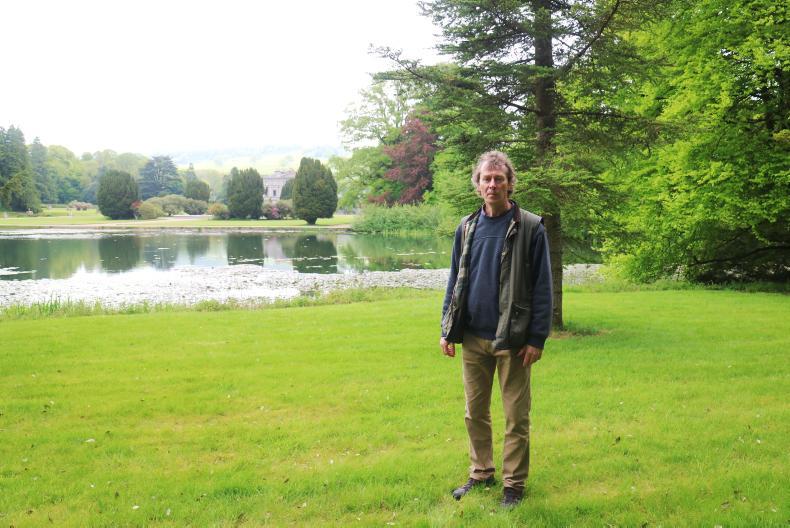
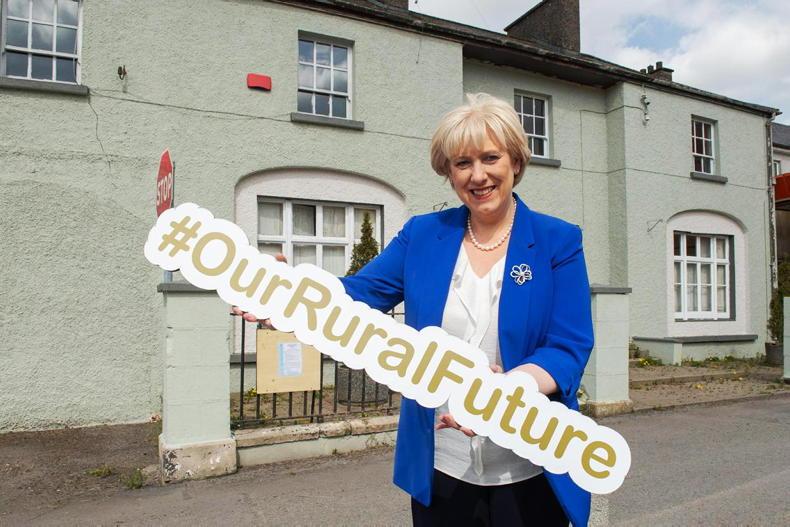
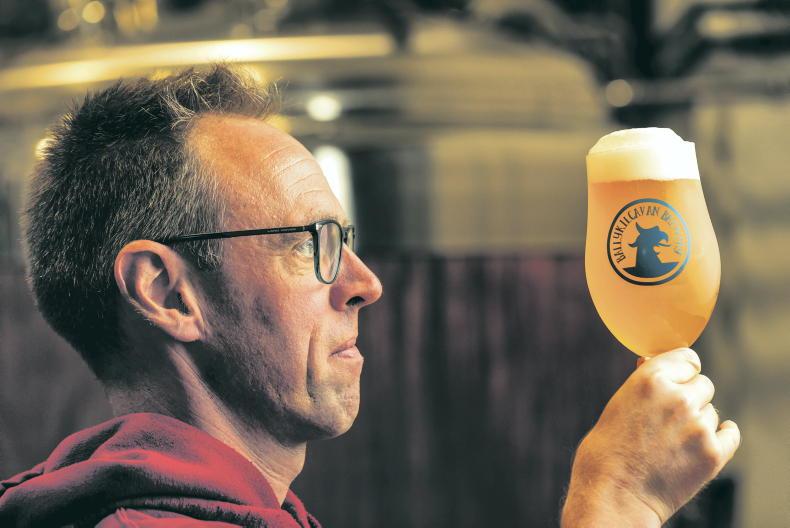
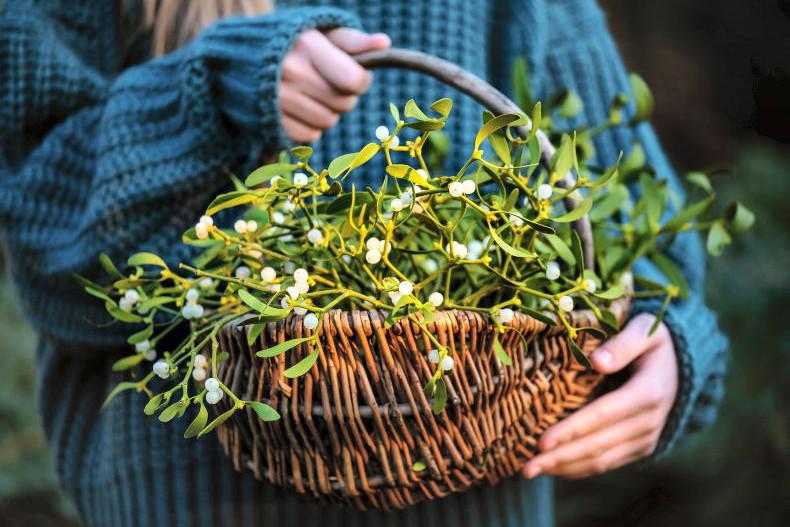
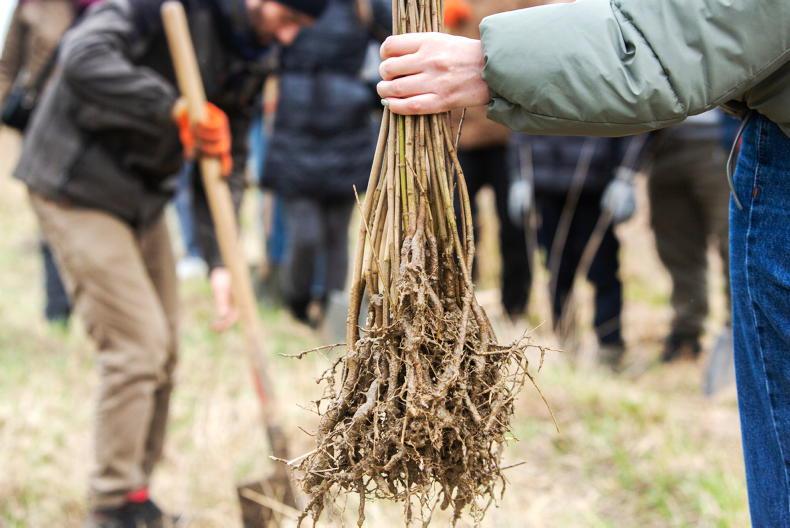
SHARING OPTIONS